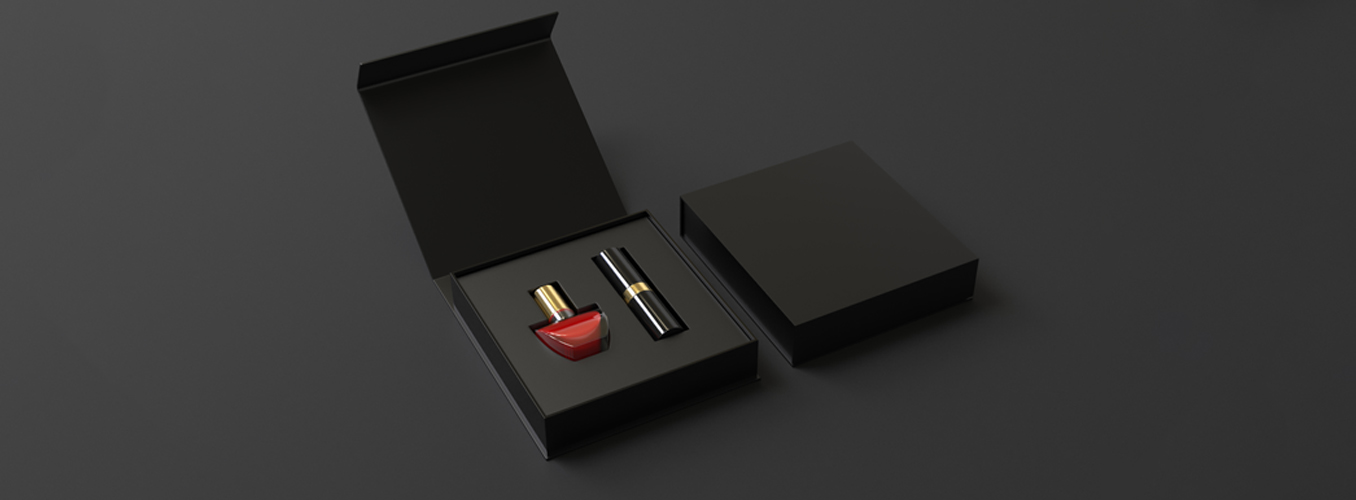
Introduction
Packaging artwork management is the process of creating, reviewing, approving and releasing the artwork that goes on the packaging of various products. It involves multiple stakeholders such as designers, marketers, regulators, printers and customers. In this blog let’s explore A unified approach to packaging artwork management.
In addition to streamlining production and release processes. Artwork management is also about version control, archival and retrieval for later use, or to keep a record of past work done. Not just that, it is also the key to creating entirely new revenue streams. As we will see in this article.
The Need for a Unified Approach
Here is a non-exhaustive list of the tools used during a typical concept-to-release lifecycle of a series of artworks:
- Digital Asset Library- This is an online database to store and organize artwork assets like images, logos, symbols, fonts, copy, etc.
- Online Proofing tool: This is a collaborative tool that allows people in a workgroup or network to view, compare, comment on, and approve artworks as they go through their iterations.
- Workflow Manager: Increasing use of automation in workflow management has spawned specialized automation tools that allow users to define Business Rules to manage artwork processes.
- BI & Reporting Tools: In an increasingly data-driven decision making process in businesses, data analysis is now used to identify bottlenecks in say…the approvals process, or identify the impact of efficiency improvement steps. The results are turned into dashboards and reports to facilitate collaborative decision making.
There are a number of excellent enterprise tools for each of these specialized aspects. Some are general tools, able to do decent work across domains, while others, such as those specialized for Defense, Pharma, or other specialized industries include features and automation specific to those industries.
However, consider this: Major FMCG companies have anywhere from tens of thousands to hundreds of thousands of SKUs across dozens or hundreds of geographies. However artwork management is only a few locations. Therefore a unified approach is extremely important to keep marketing cycles on track.
Common Approaches
There are different approaches to packaging artwork management, but one of the most common ones is to use a **cloud-based platform** that connects people and processes across the packaging lifecycle. Such a platform can help manage artwork content design, review and release in a centralized and streamlined way. One of the most prominent examples is Esko Webcenter.
Cloud-based artwork management platforms help reduce errors, save time, ensure compliance and get products to market faster. Furthermore, prominent Cloud software companies like Amazon, Microsoft, Google and Apple provide state of the art security to a level almost impossible to match with in-house servers. Plus, scalability is never an issue, whether for storage, or computation. In other words, no matter how many people work on the artwork at the same time. The system will never glitch or slow down.
Beyond the convenience of being “on the cloud”. A unified approach ensures file fidelity i.e. there are no losses when files are transferred between softwares. Especially with the increasing incorporation of AI into the artwork management process. It is possible to automate multiple process flows like naming, storing, versioning, automatic access right regulation, Meta Tagging etc. In the future, generative AI will even assist with finding inspirational or similar work from the past to help with a project with just a few queries!
Emerging Opportunities
The world’s biggest commercial image and video repository, Shutterstock. It has over 350 million images and videos in their repository and serve customers in over 150 countries. This is just one example of the kind of commerce that is possible with a well managed artwork management system. In the future, Shutterstock and similar platforms such as Getty’s. As well as marketplaces for individual artists like Etsy will allow artists to record variations to their master artworks, save the versions, and transact them.
Another very important area for applicability of Unified Artwork Managers is the world of NFTs. Artworks will soon become individually tagged, and no artwork manager is better equipped to handle this process than Unified Artwork Managers.
Conclusion
Artwork Management is a specialized process that on the one hand manages and streamlines the concept-to-release process, and on the other hand, manages the archival, retrieval, and commercial transaction side of artwork management. Whether a brand chooses an off-shelf software or prefers a custom-built one. The key is to ensure that the implementation partner is an expert. Manipal Digital works with major brands to plan, streamline and implement Artwork Management processes. From creating SFTP channels for secure file transfer to devising the entire production / release / archival strategy for brands. Contact us today to know how we can help you manage your artwork in a much better, future ready way!



